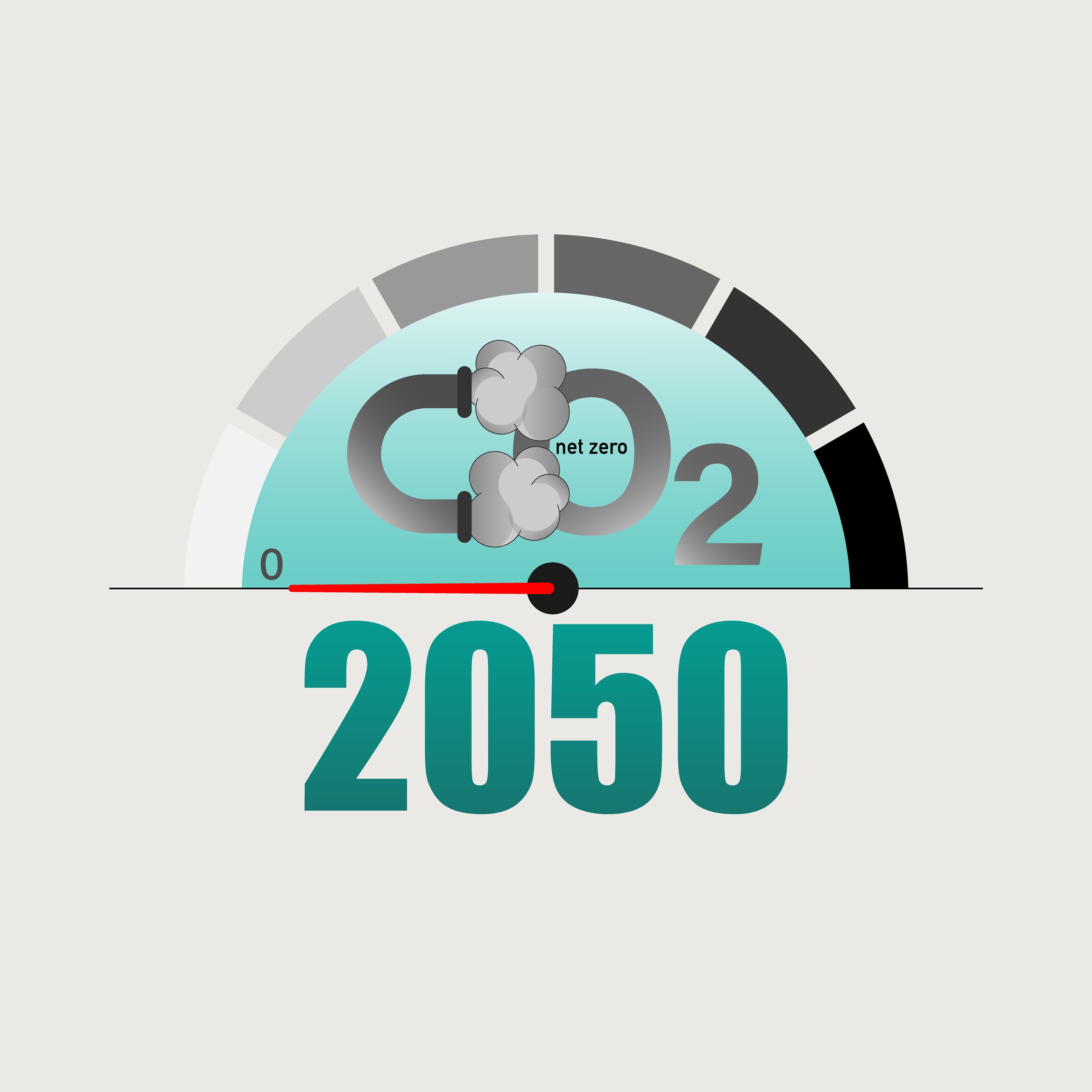NorthWestern Energy commits to net zero carbon emissions by 2050

NorthWestern Energy last week became the latest energy company to announce a net zero carbon emissions goal, pledging to neutral out its emissions production by 2050, though cautioning it would need policy and regulatory support to achieve this.
“NorthWestern Energy begins this transition to an even cleaner energy future building on the considerable progress we have already made,” Brian Bird, NorthWestern Energy president and COO, said. “Our total portfolio of electric generation is 56 percent carbon free, which is higher than the electric utility average of about 40 percent. Our natural gas system has a leak per mile rate that is better than the industry average thanks to our investments in pipeline infrastructure and leak detection capabilities.”
Anchoring the new green commitment were a series of aspirational goals:
- Enhancement of energy efficiency programs and potential demand response options to allow customers and communities to reduce their emissions alongside the company’s own;
- Modernizations to the power grid and deployment of 700,000 advanced smart meters to enhance grid reliability and efficiency while giving customers more information and control of their energy use;
- Replacing NorthWestern’s vehicular and equipment fleet with electric alternatives while rolling out needed electric vehicle support infrastructure;
- Employee-started sustainable procurement and practice guidelines;
- Greater collaboration with the community and stakeholders to form strategies for sustainability; and
- Converting 88,000 street and other lights to more efficient LED bulbs.
Already, NorthWestern presides over an electric generation portfolio that is approximately 56 percent carbon-free and is pushing for a more efficient, reliable, and flexible grid overall. On the natural gas side, the company is actively investing in methane and carbon emissions reductions. It has begun moving increasingly toward wind and hydroelectric resources. Most recently, it has launched and planned new on-demand natural gas plants in South Dakota and Montana to support wind and solar projects during peak demand periods.
The company also pledged to invest in and deploy at greater scale a mix of energy storage, micro-grids, advanced controls, and solar generation pilot projects, among others, as part of its rural reliability program.
